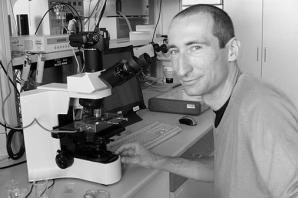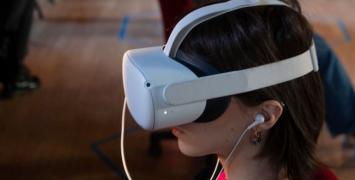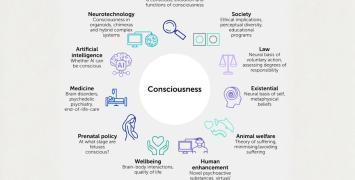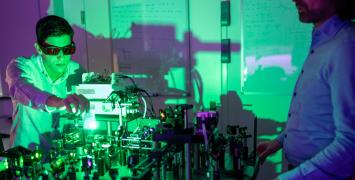The new generation of microscopic robots
Toxic spills can be devastating to humans, animals and to the ecosystem The ERC-funded project CHOBOTIX has successfully created the first prototypes of chemical robots that could serve for "Intelligent Cleaning". These tiny robots could have applications in various fields, from seeking out a source of contamination and neutralise it in toxic waters to treating patients in a more efficient way by delivering them the exact amount of drug without dosing the whole body of patients.
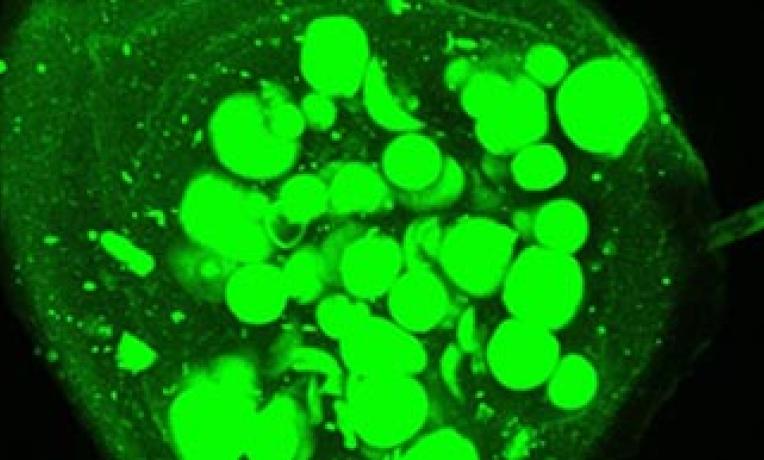
Inspired by both nature and science fiction, the ERC-funded project Chobotix (Chemical Processing by Swarm Robotics) has brought the first prototypes of microscopic robots to life. This project, which works on the design and synthesis of chemical swarm robots, is the first to benefit from an ERC Starting Grant in Czech Republic. These micro-entities can also be defined as "artificial cells" or "artificial single-cellular organisms" (called "chobots"). These "chobots" are about tens of micrometers so they can get to the tiniest places. As synthetic single-celled organisms, they can move in their environment and selectively exchange molecules with their surrounding in response to local changes in temperature or concentration. They can also process the chemical composition of molecules and either accumulate or release a substance.
The main areas being explored in the course of this project are: the synthesis of suitable shells for chemically active swarm robots; the mechanisms of molecular transport into and out of such shells and means of its active control; and the collective behaviour of chemical swarm robots and their response to external stimuli.
In future, chemical robots could be used for different purposes, for instance to deliver substance in a more efficient way, to find the source of pollution or to identify chemicals or cancerous cells in the human body. Robots might even be able to deliver the exact amount of drug directly to the right place without harming any other cells, as is the case in the current cancer treatments. Chemical robots could also play a key role as they are potentially able to act in very remote or hardly accessible areas and could be used for "intelligent cleaning". Other potential areas of use are agro-chemistry, cosmetics and consumer chemistry in general.
Research is carried out in the Laboratory of Chemical Robotics at the Institute of Chemical Technology in Prague, Czech Republic. The leading figure of the international team of young researchers, František Štěpánek, says that after 3 years of existence, his project has fulfilled its goals and even went further: "We have created the first prototypes of our chemical robots. In cooperation with other research teams of biochemists, we have managed to create a structure that can deliver the substance on demand, where needed, and which is able to release its content repeatedly. We are now entering the phase of demonstrating 'swarming', i.e. collective behaviour of robots".
With a truly visionary angle, František Štěpánek's project covers many scientific fields, ranging from chemical engineering, material engineering, biophysics, microbiology to applied mathematics for computer simulation. His small laboratories in Prague will assuredly bring physicists more surprises.

